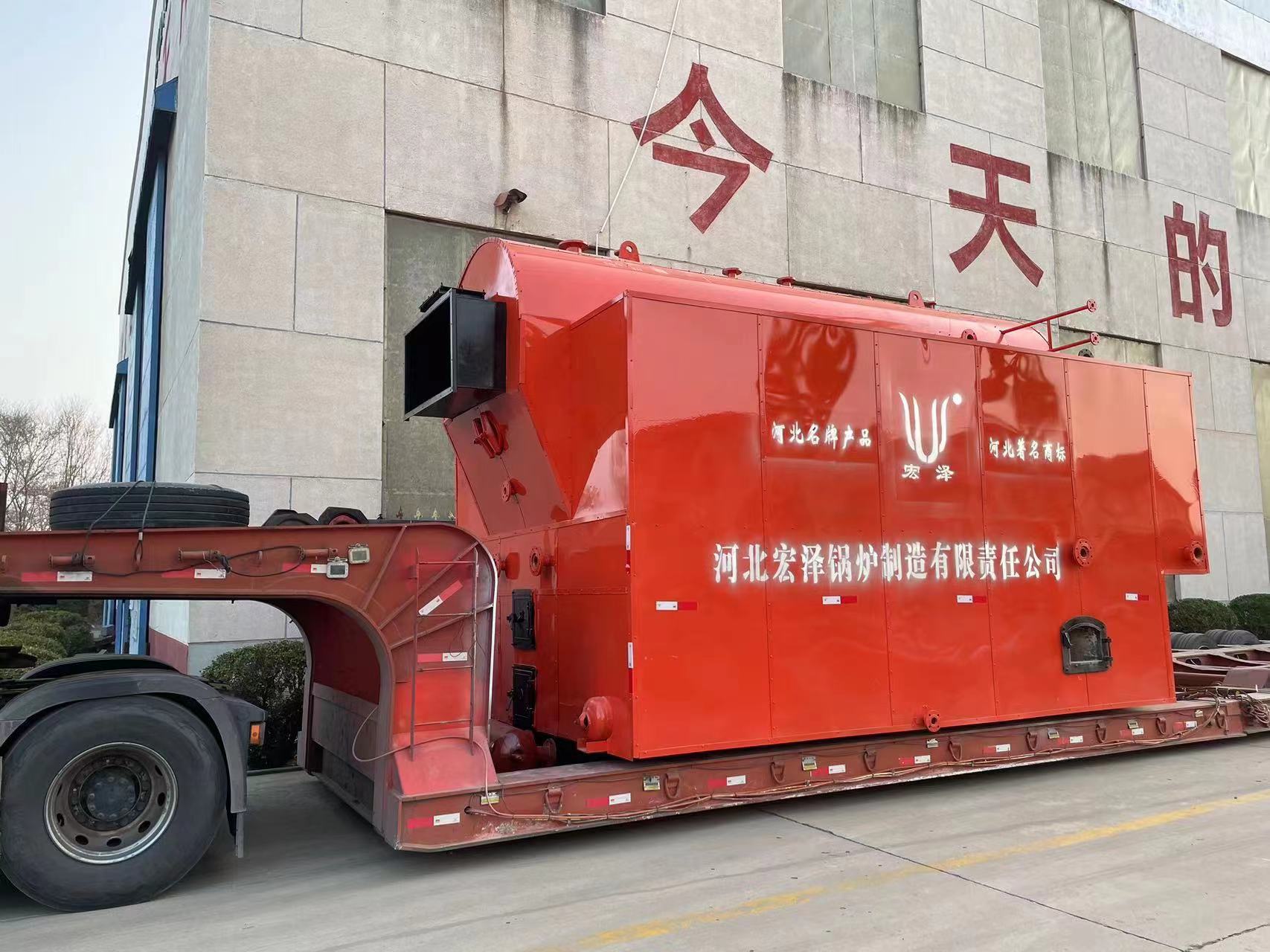
Nov . 25, 2024 18:42 Back to list
Understanding Steam Boiler Efficiency and Performance for Optimal Operation
Understanding Steam Boilers The Heart of Industrial Processes
Steam boilers have long been an essential component in various industrial processes, providing the necessary steam for heating, power generation, and various manufacturing applications. Their role in modern industry cannot be overstated, as they contribute significantly to efficiency, productivity, and energy management.
Understanding Steam Boilers The Heart of Industrial Processes
Types of steam boilers vary depending on design and application. The most common types are fire-tube boilers and water-tube boilers. Fire-tube boilers, which feature hot gases passing through tubes surrounded by water, are typically used for lower pressure applications and can be more efficient for small-scale operations. In contrast, water-tube boilers, where water flows through tubes heated by combustion gases, are suitable for high-pressure applications and offer greater efficiency and steam output for larger industrial needs.
boiler steam boiler

Efficiency is a critical factor in steam boiler operation, as it directly impacts fuel consumption and operating costs. Advances in technology have led to the development of more efficient models that utilize a variety of fuels, including natural gas, oil, coal, and biomass. Modern steam boilers often come equipped with advanced controls and monitoring systems that optimize combustion, reduce emissions, and enhance overall energy efficiency.
Safety is another paramount concern in steam boiler operation. The production of high-pressure steam can pose significant risks if not managed properly. This is why regulations and standards, such as those set by the American Society of Mechanical Engineers (ASME), are in place to ensure the safe operation and maintenance of steam boilers. Regular inspections, on-site maintenance, and operator training are essential for preventing accidents and ensuring compliance with safety standards.
In addition to safety, environmental considerations are becoming increasingly important in steam boiler operations. Many industries are now focusing on reducing their carbon footprint and maximizing energy efficiency. This can be achieved through the implementation of renewable energy sources, such as solar thermal systems, which can supplement traditional steam boilers, or by investing in combined heat and power (CHP) systems that utilize waste heat for additional energy production.
In conclusion, steam boilers are a vital component of modern industry, playing a significant role in numerous applications from energy production to manufacturing. As technology advances, the industry continues to strive for greater efficiency, safety, and sustainability. Understanding the fundamentals of steam boilers allows businesses not only to improve their operations but also to contribute positively to the environment while meeting the demands of an ever-evolving market. Whether in a factory, a power plant, or a commercial building, steam boilers remain indispensable in driving industrial progress forward.
-
Oil Fired Hot Water Boilers Sale - High Efficiency & Affordable
NewsJul.31,2025
-
High-Efficiency Commercial Oil Fired Steam Boiler for Industry
NewsJul.30,2025
-
High-Efficiency Biomass Fired Thermal Oil Boiler Solutions
NewsJul.30,2025
-
High Efficiency Gas Fired Thermal Oil Boiler for Industrial Heating
NewsJul.29,2025
-
High-Efficiency Gas Fired Hot Water Boiler for Sale – Reliable & Affordable
NewsJul.29,2025
-
High Efficiency Biomass Fired Hot Water Boiler for Industrial and Commercial Use
NewsJul.29,2025
Related PRODUCTS






















